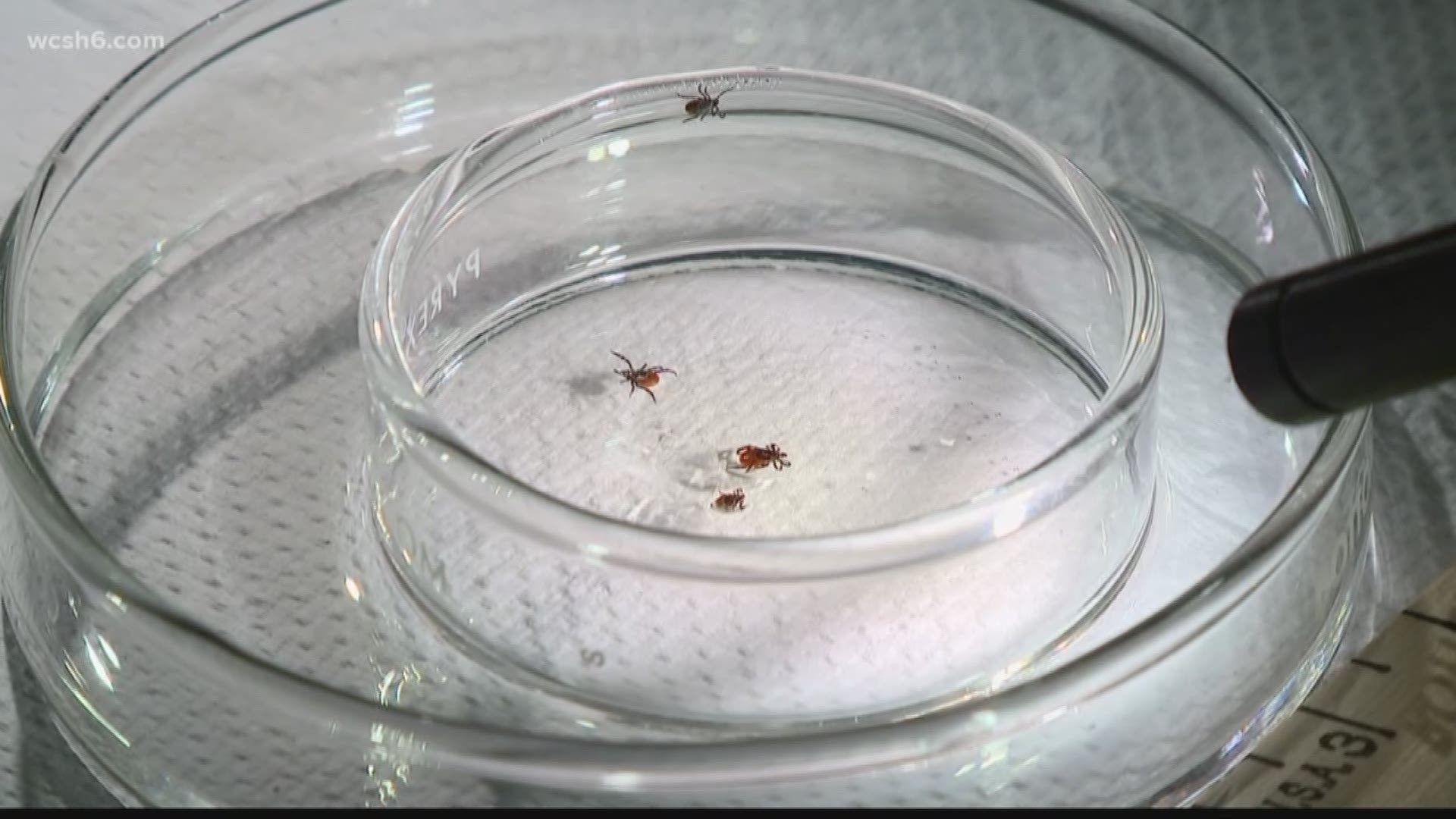In the 1970s Dr. Peter Rand learned some useful lessons about doing field research on public health in Maine. He was studying the often alarming levels of radon gas in home water supplies and, as he recalls, “Persuading people to let us place detectors in their cluttered cellars or in the toilet tank was our baptism in field epidemiology.”
When money for radon research dried up, Rand turned to a new public health threat that was starting to emerge in Maine—Lyme disease. His research took him to Monhegan Island, twelve miles off Port Clyde, a rugged and windswept rock with a year-round population of less than 100. Because it was an environment isolated from the mainland, it turned out to be a superb place to track ticks, rats and deer, all of which were pieces of a puzzle Rand and his colleagues were trying to put together.
“We found out that there were ticks on Monhegan Island but we were also told that there were no mice on Monhegan,” Rand says.
“And that was a paradox?” I asked.
“That was a paradox. Mice were thought to be essential to feeding the young stages, the larval and nymphal stages, of the tick. And so, what was going on?”
Those are words that pique scientists’ curiosity: What was going on? It was a medical mystery in search of an answer, and Rand tells the story in his new memoir, “Of Ticks and Islands.” The findings Rand and his colleagues compiled on Monhegan built a foundation for much of the further research into Lyme disease in Maine. “I wanted to show people what field research was,” Rand says of his memoir, “which they won’t get from reading the scientific papers.”

